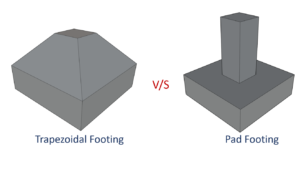
TYPES OF DOORS USED IN BUILDING

What Is Door?
Doors are a crucial component of a building because they allow people to enter and exit. A door is defined as an openable barrier or a framework constructed of steel, aluminum, wood, or a combination of these materials that can be opened.
It is critical to select the ideal entrance for your home because the door is directly linked to the property’s security. The doors also enhance the elegance of the building.
Functions of Doors:
- The structure includes doorways that provide entry within the building’s rooms.
- The doors in the buildings act as a link between the various parts of the building’s interior.
- It will also provide the chamber with ventilation and lighting.
- It will aid in maintaining the rooms’ modesty.
Different Types of Doors:
There are many different types of doors on the market, each of which is classed based on the material, location, functioning of the door shutter, construction process, and arrangement of the doors.
A. Types of Doors Based on Materials:
1. Aluminum Doors:
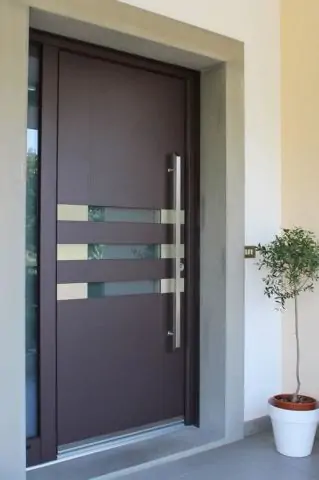
Because of the security, beauty, and insulation features that aluminum doors provide are already the first-choice solution for contemporary construction. Aluminum is a well–known fact for being a strong and sturdy material that requires little maintenance.
Aluminum is, without a doubt, a high-quality material. It has already been put to the test, and while it is a little pricey, it is one of the best options for doors. Aluminum doors are suitable for residential and commercial applications; they are ideal for glazing and glass fronts and provide a high–quality frame.
2. Steel Doors:
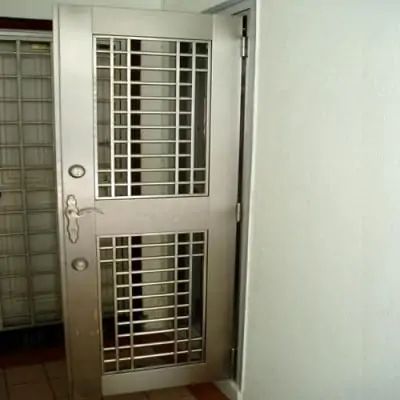
Steel doors can be found on the inside and outside of structures. For insulation, these doors have a steel face with a foam core. In comparison to other doors, they are quite durable. They may not have the same aesthetic appeal as a wooden or glass door.
Steel doors are commonly found in commercial structures. Steel doors have a stronger outer layer than other doors, making them more robust.
3. PVC Doors:
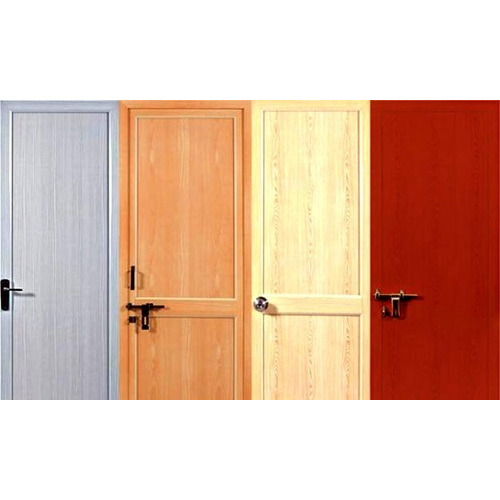
PVC (polyvinyl chloride) or polyvinyl chloride (PVC) doors are popular for bathroom doors. These lightweight doors help you save time and money by reducing the amount of labor you do. These painted wooden doors are low-maintenance due to the absorbent, natural fibers of the wood. If you choose PVC shower doors, you will discover that they are easy to install and clean.
4. Glass Doors:

Glass doors are decorative doors that allow the ideal amount of natural light to pass through. However, privacy is restricted. Glass doors also improve the sight of the building.
Applications: Office cabins, garden doors.
5. Wooden Doors:
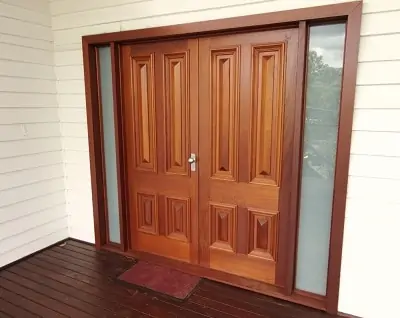
Timber doors are made of wood from oak, ash, poplar, pine, fir, cypress, walnut, redwood, or even plywood. These types of doors provide an elegant appearance to the building.
Application: Residential buildings, Meditation halls, Religious buildings.
6. Fiber Glass Doors:

Fibre Glass doors, unlike the name suggests, are not made of glass but with glass fibers. Fiberglass doors are made using three components namely the frame, core, and skin.
The frame consists of any high-strength material such as wood or steel. The core comprises polyurethane with glass fibers for insulation against weather and sound. The skin of the door is the surface of the door that is visible and it is covered with artificially induced grains to mimic the wood.
Applications: Residential buildings.
7. Fiber Reinforced Plastic Doors:

It comes in a variety of colors and finishes on the market. Fiber-reinforced plastic doors offer a variety of benefits, including increased strength, minimal maintenance, all-weather resistance, ease of construction, lightweight, and corrosion resistance.
B. Types of Doors Based on Location:
8. Exterior Doors:
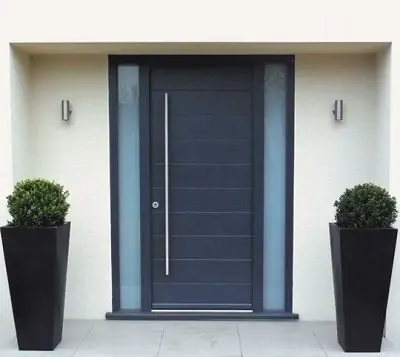
Exterior doors are the doors that provide access to the insides of a buillding. The exterior doors are generally huge and decorative. The exterior doors provide safety to the people and property inside the building and thus it has high-quality lock systems.
Application: Main doors of houses, temples, churches.
9. Interior Doors:

Interior doors are the doors that provide access to the rooms within a building. They do not provide access to the outside of the building. These doors provide privacy to the people.
Application: Bedroom doors, bathroom doors, kitchen doors, etc.
C. Types of Doors Based on the Operation of Door Shutter:
10. Sliding Doors:

Sliding doors usually consist of two panels where one is fixed and the other slides over the fixed one. This saves space and comes in handy when there is a restriction to swinging movement.
Application: Closet doors, garden doors, windows.
11. Folding Doors:

“Folding door” refers to a door that opens by folding back in portions or “panels.” They’re formed of vertical strips or wrinkles that fold back into a small bundle. These strips will be hung from the ceiling and run on a track.
They take up less space because they don’t swing out or in. A better option is when there isn’t enough space to install a sliding door. Foldable doors, like sliding doors, provide poor insulation. They are also noisy and have a low durability rating.
12. Pivot Doors:
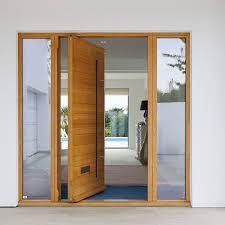
Pivot doors have a unique pivot hinge with pins at the top and bottom that attach to the door. Pivot hinges have the advantage of holding much larger and heavier doors than standard pin and barrel hinges. It provides visual originality in opening and shutting and an eye-catching swinging function, thanks to the technical benefit. For the most part, pivot doors are used for entry doors.
13. Revolving Door:
The four leaves of the revolving door are joined to a centrally located mullion in a circular opening. The center member’s mullion is equipped with a ball bearing at the bottom and a bush bearing at the top, allowing the door to rotate smoothly

In most cases, revolving doors are installed in front of the building. Revolving Doors are best used in areas with a high volume of people entering and exiting the building daily.
Banks, hospitals, theaters, and workplaces, among other places, utilize revolving doors. The arrangements of a revolving door are built so that the door rotates around the center pivot.
14. Collapsible Doors:

Collapsible doors are the types of exterior doors used where the width of the passage is large. A collapsible door hangs from the top of the door frame and has rollers at the bottom.
This facilitates the horizontal collapsing of the door when it is pushed. It may be made up of mild steel or PVC.
Application: Lifts, shop doors, parking doors, etc.
15. Swinging Doors:
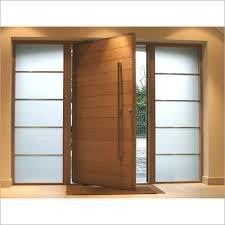
Swinging doors are hinged near one edge to revolve around a vertical axis. The shutter is linked to the frame using double action springs on these doors. As a result, the shutter can move inward and outward.
There are two types of swinging doors: single-acting doors that can swing 90 degrees or more in only one direction and double-acting doors that can swing 90 degrees or more in both directions. Swinging doors are typically found in offices.
16. Rolling Shutter Doors:
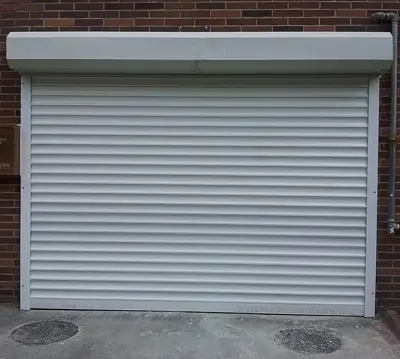
Rolling shutter doors are also types of exterior door that provides access by collapsing vertically. It is installed with an end cap also called “hood” inside which the door would roll up when opened.
They can be operated manually or completely automated. They are mostly made using aluminum and sometimes using PVC.
Application: Garage doors, shop doors, warehouses, prisons.
d. Types Of Doors Based On Components:
17. Panel Doors
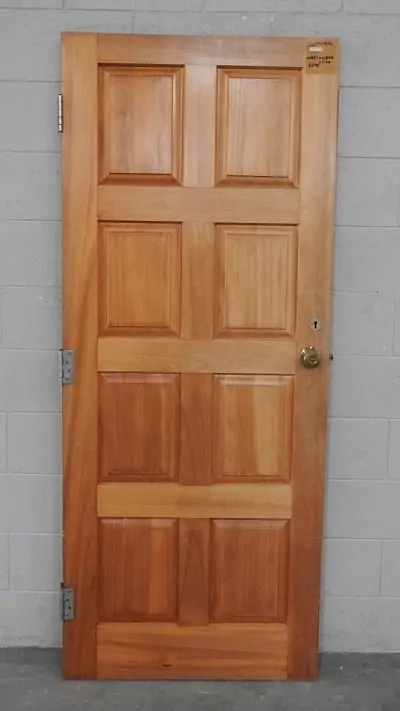
Panel doors are made up of several pieces of wood materials that are comprised together to act as one single door. This type of door provides a superior exotic look to the doors. Panel doors are mostly made of timber and surface finished with varnish to add beauty to the natural wood.
Applications: Residential buildings, main doors.
18. Flush Doors:
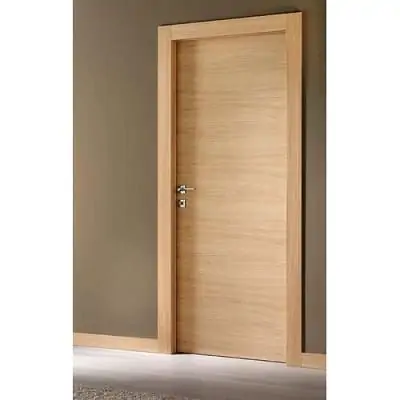
Flush doors are simple plain doors without any panels on them. They can be hollow, solid, or have a stave core. Flush doors are easy to install, economical, and durable.
Applications: Residential buildings, offices, cabins.
19. Louvered Doors:

A Louvered door comprises Louvers, which are horizontal blades of wood, glass, or other materials arranged in a pattern. Louvered Doors are used when privacy, natural ventilation, and peace & quiet are required, as they allow air to travel through even when closed.
They provide small openings for air and light to flow through. The louvered door is an essential part of any home’s interior design. They must be long-lasting and popular at the same time.

Lorem ipsum dolor sit amet, consectetur adipiscing elit. Ut elit tellus, luctus nec ullamcorper mattis, pulvinar dapibus leo.




